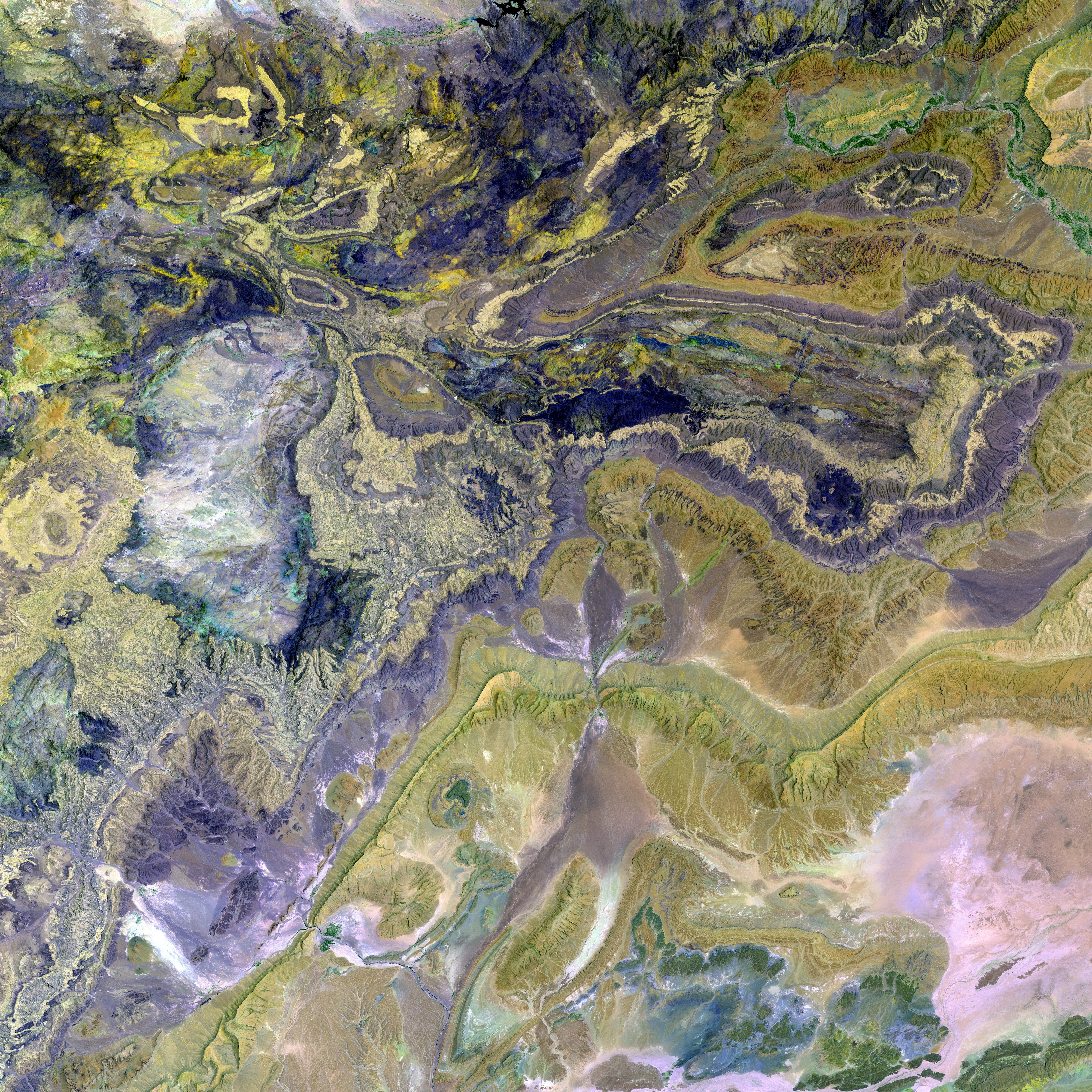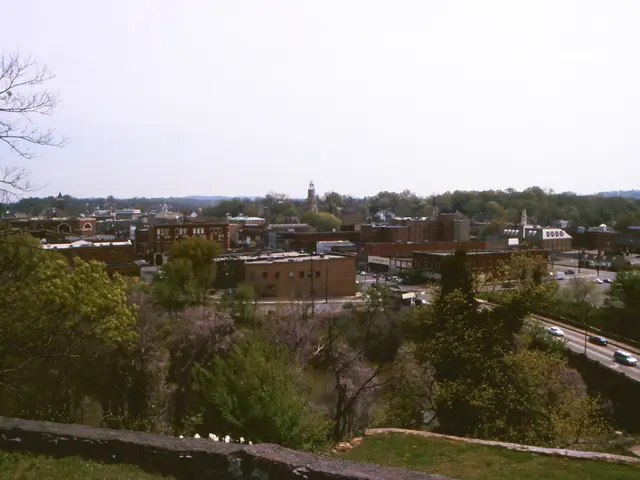Notable Japanese artworks showcasing the nation's artistic essence and identity
Japanese art has undergone significant transformations throughout the centuries, mirroring changes in cultural, religious, and societal dynamics. These transformations are reflected in several major works that showcase the breaks, continuities, and cross-pollinations in Japan's rich visual history.
For those planning a cultural trip to Japan, here are some resources to help:
- Tokyo: Explore an array of museums that offer insights into the city's art and culture.
- Modern Architecture: Discover Japan's architectural innovations by visiting these outstanding structures.
- Mount Fuji: This active volcano, which bears a strong resemblance to a Studio Ghibli film landscape, is a must-visit attraction.
Genji Monogatari Emaki (12th century)
The oldest surviving illustrated scroll of 'The Tale of Genji' is an exceptional example of Heian-period painting. Created around 1120-1140, this horizontal, or emaki, scroll alternates painted scenes and calligraphy on paper. Anonymous artists developed the 'fukinuki-yatai' technique that allows viewers to see inside the palaces as though the roofs had been blown off by a gust of wind. Elegant figures with stylized faces move through aristocratic interiors depicted in oblique projection. Only four fragments of this masterpiece have survived various fires and disasters, and they are currently housed at the Tokugawa Museum and the Gotoh Museum in Tokyo.
Shōrin-zu Byōbu (16th century)
This six-panel screen, depicting a misty pine forest, is one of the major creations of the Azuchi-Momoyama school. Produced around 1595, it perfectly encapsulates Zen aesthetics, employing the 'tarashikomi' technique to create striking atmospheric effects. Tohaku uses this technique to delicately sketched trees that emerge from the mist, their minimalist brushstrokes creating a harmonious composition that balances fullness and emptiness. This remarkable work is preserved in the Tokyo National Museum as a Japanese National Treasure.
The Great Wave off Kanagawa (19th century)
The first and arguably the most famous of Hokusai's 'Thirty-six Views of Mount Fuji' series, this ukiyo-e print has become one of the most recognizable Japanese images worldwide. Produced around 1830-1832, it captures fishermen braving a towering wave in their fragile boats, with the imposing silhouette of Mount Fuji in the background. The artist combined Prussian blue imported from Europe with traditional woodblock printing techniques, masterfully juxtaposing the wave's threatening curve with the stable serenity of Mount Fuji. This work can be found in several major international museums and exemplifies Western influence on 19th-century Japanese art.
Mount Fuji (20th century)
Yokoyama Taikan abandoned the form-defining line, an almost heretical innovation in an art culture where the calligraphic line had reigned supreme for centuries. His 'morotai' approach, developed with Hishida Shunso, favors masses of color with clearly defined contours. 'Mount Fuji, a pure cone of snow,' emerges from a sea of clouds, its white silhouette standing out against a misty sky. This painting was created to commemorate the 2,600th anniversary of Japan's founding and illustrates how an artist can modernize a country's art while preserving its roots and spiritual essence.
Reclining Nude with Toile de Jouy (1922)
This oil painting combines Japanese calligraphic lines with a Western eye for the female nude, depicting Kiki de Montparnasse reclining in an alcove adorned with a Toile de Jouy pattern. Foujita's precise lead white preparation produces a distinctive luminosity that became his visual signature. The work, which caused a sensation at the Salon d'Automne in 1922 and now resides in the Museé d'Art Moderne in Paris, demonstrates how a Japanese artist can merge two distinct visual cultures to create a personal, instantly recognizable language.
Japanese art throughout the centuries has mirrored the country's cultural, religious, and societal shifts. From prehistoric ritual objects to courtly poetic paintings, Zen-influenced minimalism, opulent decorative art, and vibrant ukiyo-e prints, each period's art reflects Japan's evolving social structures, religious beliefs, and interactions with outside influences.
- Immerse yourself in the fusion of Eastern and Western art in Tokyo, visit the Tokugawa Museum and the Gotoh Museum to see fragments of the Genji Monogatari Emaki, an iconic work from the Heian period that showcases the elegance of Japanese lifestyle and fashion.
- For a taste of 19th-century Japanese travel art, make a stop at the Tokyo National Museum to admire Shōrin-zu Byōbu, a masterpiece depicting a misty pine forest that encapsulates Zen aesthetics – perfect for those seeking a serene experience in their travel itinerary.




